The year was 1895 when Grover Cleveland signed to make Labor Day a recognized national holiday. The late 1800’s were a time of great upheaval for the average American worker. Workers averaged 12 hour days, 7 days a week with no breaks and no paid time off. Children as young as 5 were working in factories. Working conditions were dangerous and unsanitary.
Workers were beginning to band together to protest and strike. The Labor Day movement began with workers in New York City taking an unpaid day from work on a Monday to hold a parade. Labor Day was set aside to celebrate the American worker and bring about much needed change to labor practices in the United States.
How does this apply today?
In modern times Labor Day is viewed as a day that marks the end of summer. People might host barbeques or take a quick trip to capitalize on the bonus day off from work.
But have our labor practices reach a point of perfection? Certainly much has changed since 1895 but modern workers still face challenges. Insurance, retirement, childcare, unpaid maternity leave, lack of paid time off, and wages that have not kept up with the cost of living are just a few of the challenges facing the modern workforce.
In most classrooms the most Labor Day will be mentioned might be a “Have a Great Three-Day-Weekend” written on the board. But we want to encourage you this year to enhance these everyday moments with critical thinking. Talk to your students about the origins of the holiday and how, in the modern age, there is still room for reform in labor practices. What issues concern them the most? What solutions can they propose?
You might even stretch this conversation into a full-class lesson that’s public policy debate. Should families with children be offered childcare assistance? How should companies be required to address maternity leave? Should companies be required to offer health insurance? Should the minimum wage be raised?
When debating public policy, students should consider the problem and recognize their gut reaction to the situation. Everyone has an initial reaction when they hear a problem. But we develop critical thinking maturity when we ask students to recognize that they need to acknowledge their initial reaction but then step back to analyze both sides of debates. These issues are messy and complicated. There often isn’t a one-size-fits-all solution. That’s what makes these types of lessons so powerful. When students wrestle with the complexities and nuances of real-life problems they stretch themselves and develop into powerful critical thinkers.
With public policy debates students need to consider the following: What are the arguments? What are the counter arguments? Which arguments are the best? What impacts do these discussions have on different members within a community? A Public Policy debate lesson should always end with a letter asking for a call to action. Students can write to their elected leaders, their families, or their community as a whole and in doing so they start to understand that their voice matters.
Students can spend time researching or, if you’re pressed for time, you can check out our Public Policy debate about the Fight for $15 here.
The more we ask students to think about the world around them, the more they’ll start to do so without our guidance. And isn’t that the ultimate goal of education?
To order a critical thinking assessment for your students or to learn how your school or organization can adopt thinkLaw’s standards-aligned program that helps educators teach critical thinking to all students, please click here to schedule a time to speak with someone on the thinkLaw team or call us now at (702) 318-7512. Join us on our next webinar: Thinking Like a Lawyer: Powerful Strategies to Teach Critical Thinking to All Students
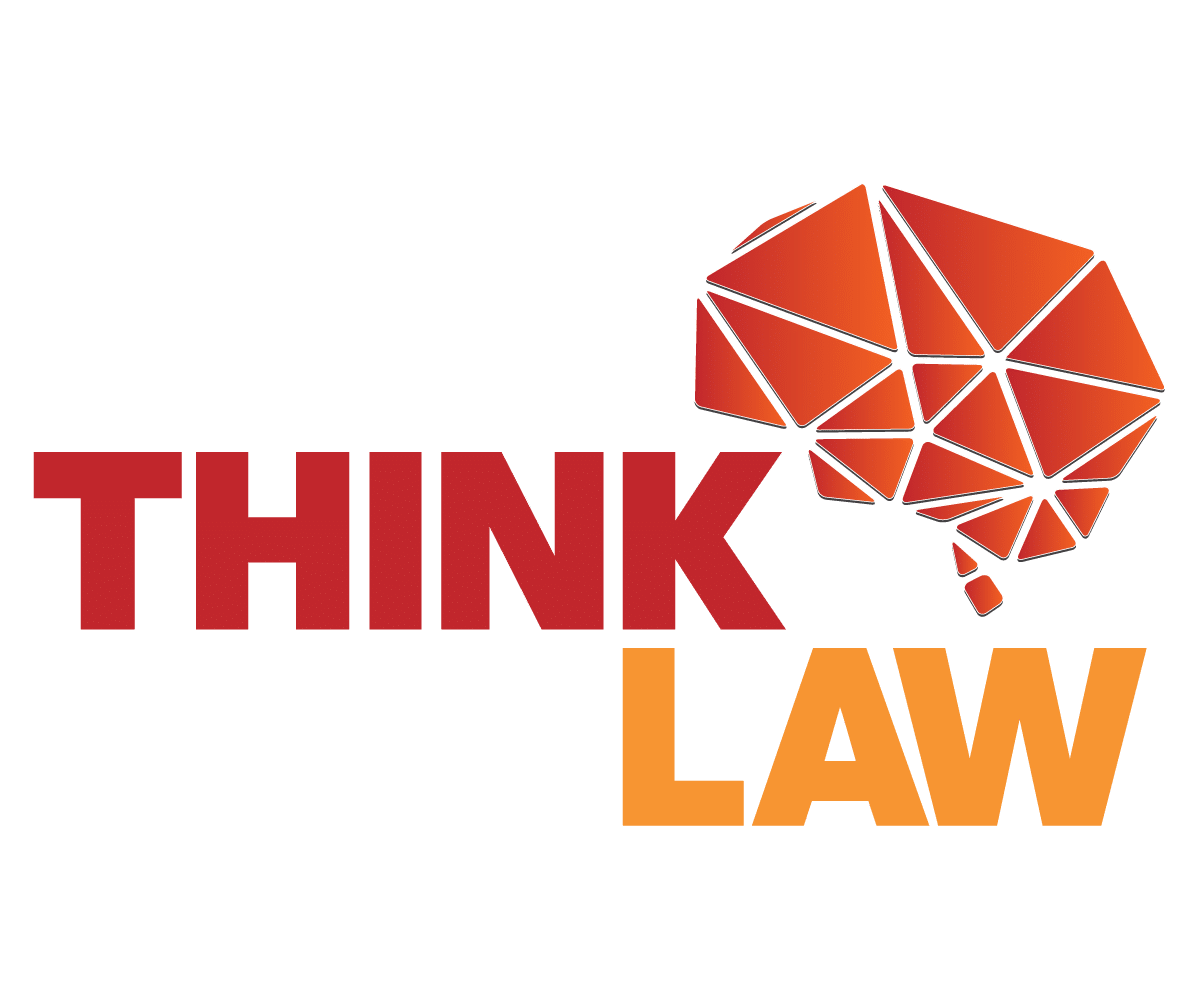

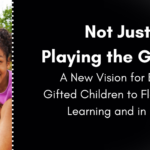
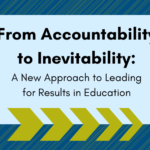

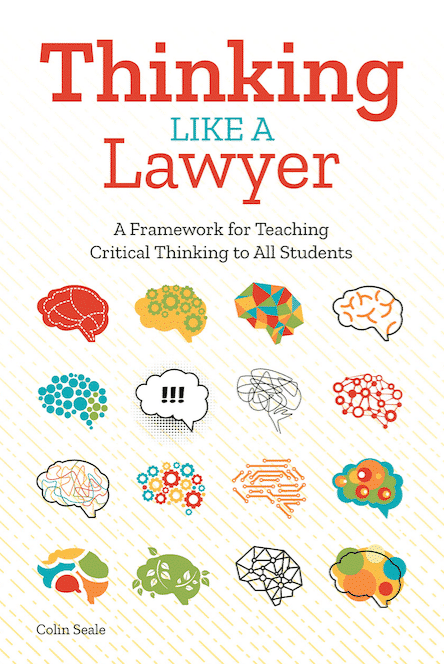
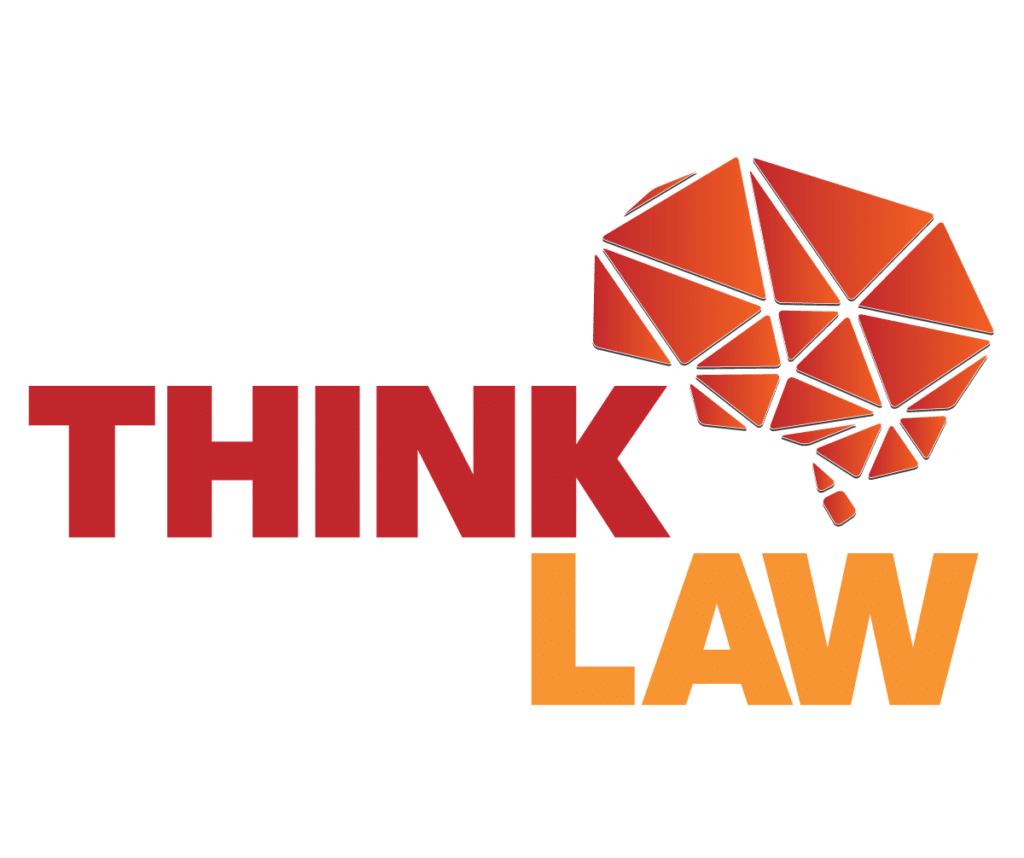
Leave a Reply